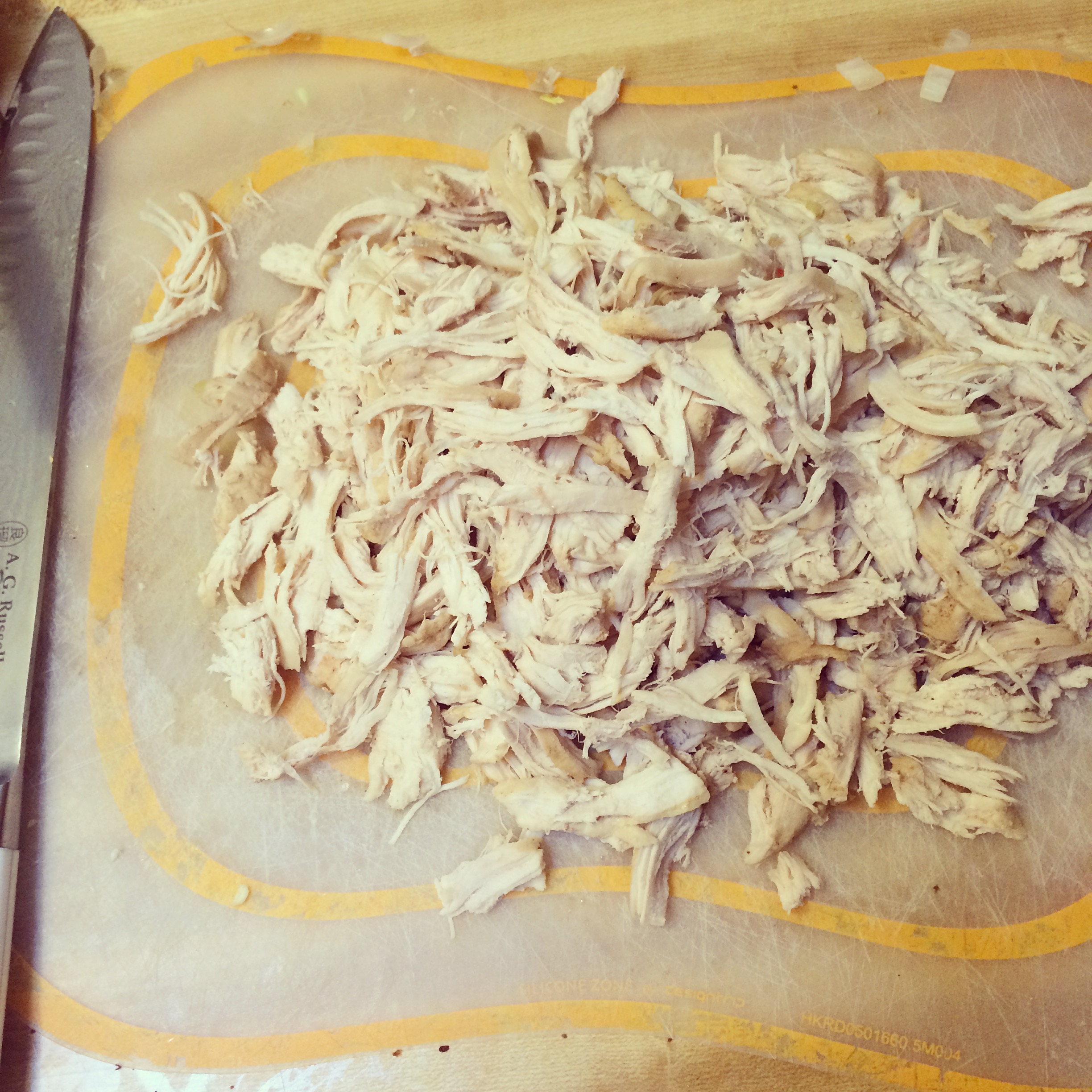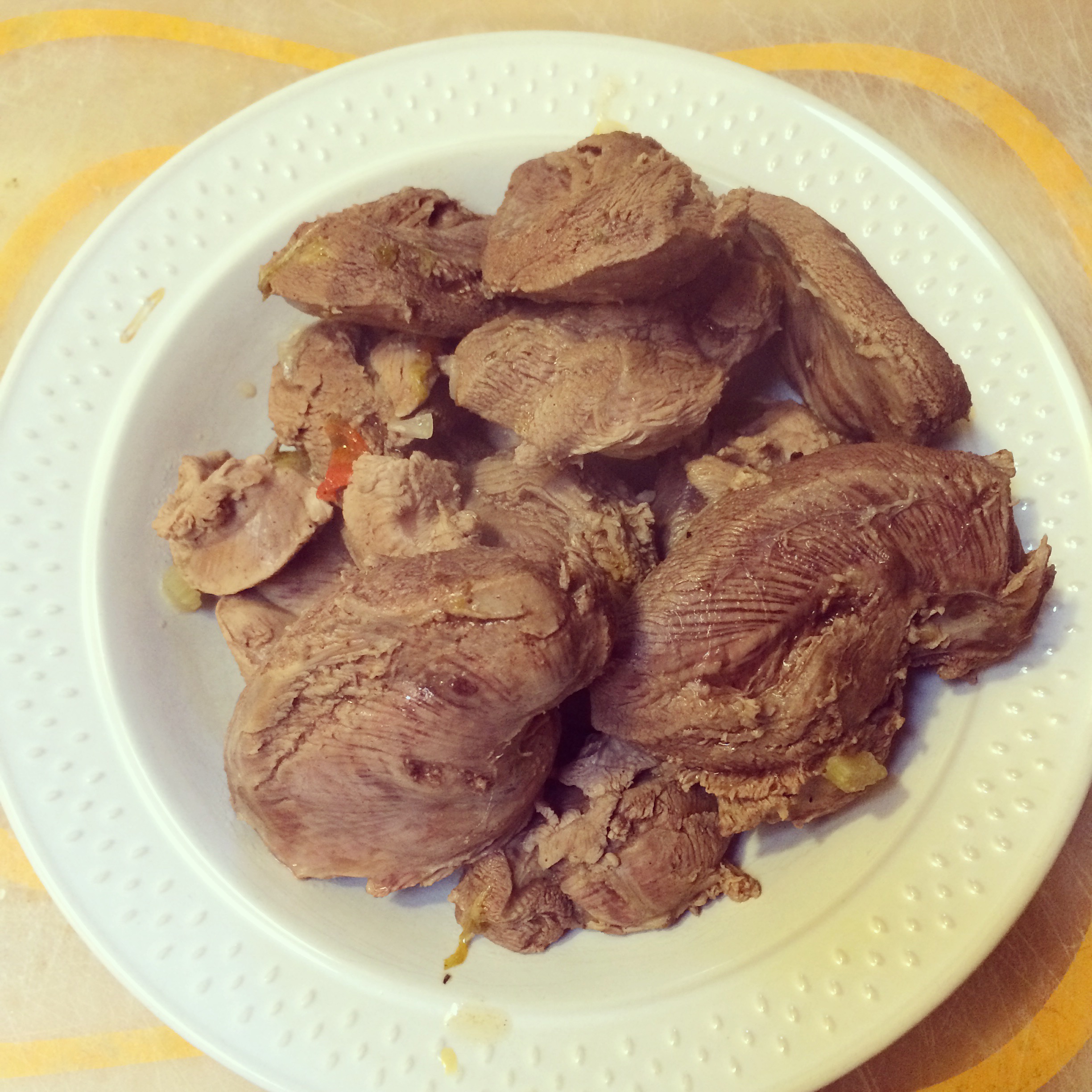Nine Things You Need to Know about Trademark Registrations — Part I
/If you've gotten a trademark registration from the U.S. Patent & Trademark Office, or are thinking about getting one, there are several things you should know. This is Part I in a three-part series about federal trademark registrations.
1. Term. The term of registration is ten (10) years. As the owner of the mark, you must ensure your trademark remains in continuous use, but you can discharge this duty by licensing someone else to use the mark. There are limited exceptions for excusable non-use, and you should contact your trademark lawyer if you will discontinue use of your trademark for any appreciable period of time to determine the implications the non-use will have on your trademark registration.
2. Product/Service Categories. Every trademark is registered in a specific category of products and/or services. If you broaden your product or service offerings to include other types of goods or services, you should contact your trademark lawyer to seek trademark protection for your expanded offerings.
3. Renewal Affidavits. Trademark registrations can last indefinitely as long as the trademark is continuously used in commerce by the owner or a licensee, and the owner files the required renewal documents on a periodic basis. These documents include:
- Fifth-Year Affidavit. In order to maintain the trademark registration, an affidavit of use must be filed in the one-year period following the fifth anniversary of the issuance of your trademark registration. Example: For a trademark issued on February 17, 2015, a renewal affidavit must be filed between February 17, 2020 and February 17, 2021.
- Optional Affidavit of Incontestability After Five Years. The USPTO provides a procedure by which the exclusive right to use a registered mark can become “incontestable” after five years of consecutive use. This procedure requires a Section 15 Affidavit of Incontestability to be filed any time after the five-year anniversary of the issuance of your trademark registration. “Incontestable” means that the registration is immune from attack on the basis of prior use and descriptiveness. Incontestable status confers valuable rights, and we advise that every trademark registrant file a Section 15 Affidavit of Incontestability.
- Ten-Year Affidavits. The registration must also be renewed between the ninth and tenth year of each ten-year term following registration.
- Six-Month Grace Period. For each renewal period, there is a six-month grace period following the end of the term, although an additional fee must be paid for a renewal filed during the grace period. Continuing the example above, for a registration issued February 17, 2015, the grace period for the renewal affidavits is from February 17, 2021 to August 17, 2021.
- Fees. There are fees associated with each of the filings listed above, and these fees change from time to time. You can find out the current fee amounts by visiting http://www.uspto.gov/learning-and-resources/fees-and-payment/uspto-fee-schedule (last visited March 1, 2015).
Stay tuned for more on trademark registrations!





